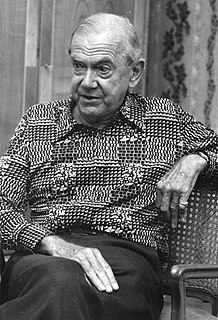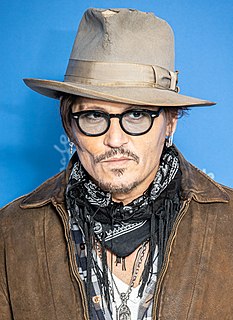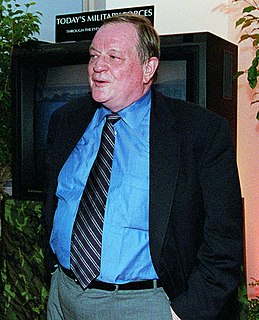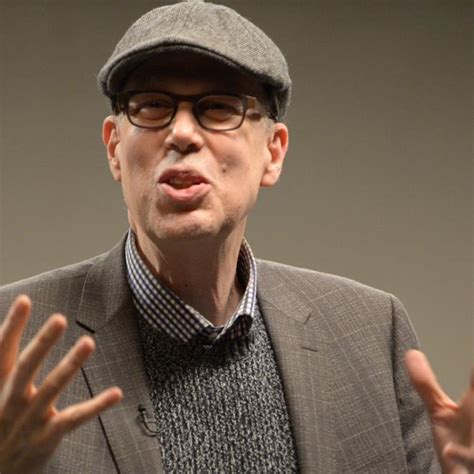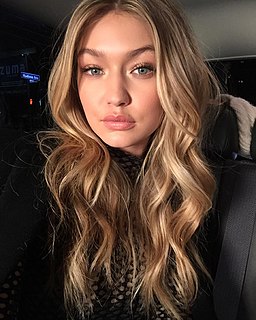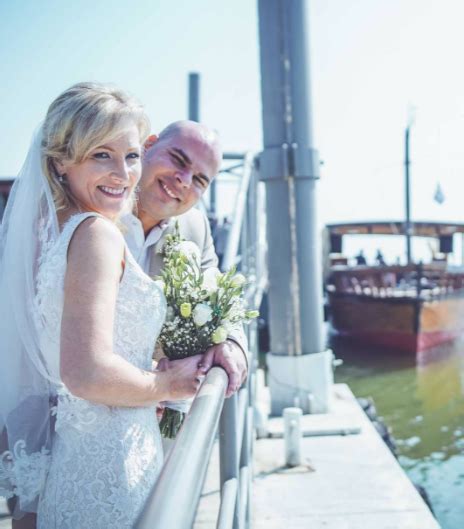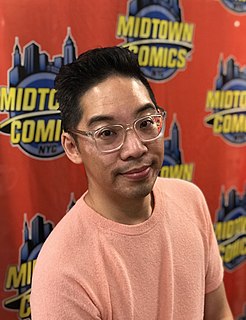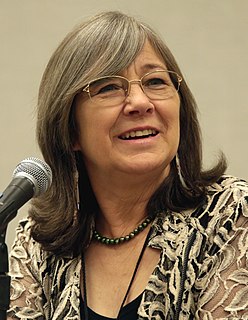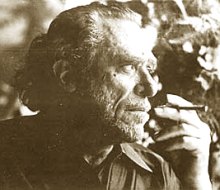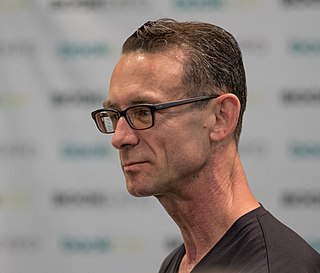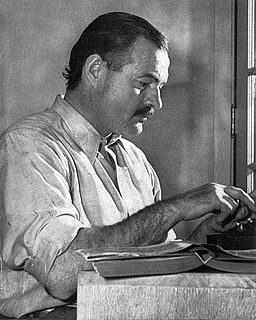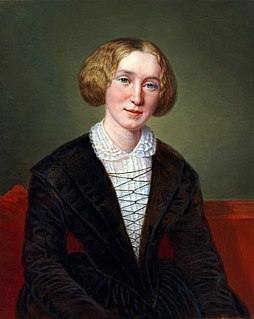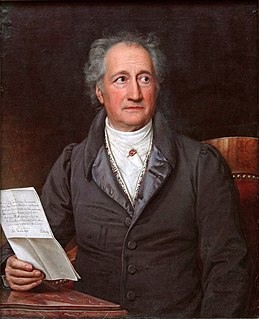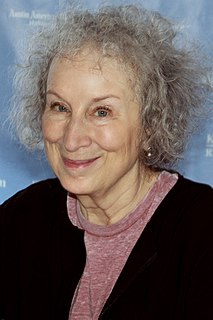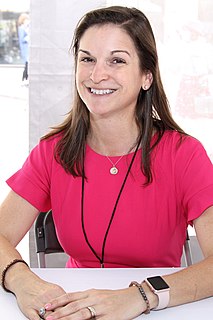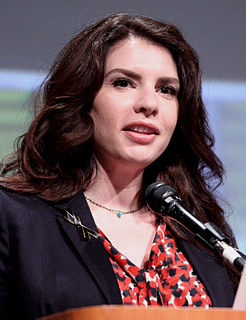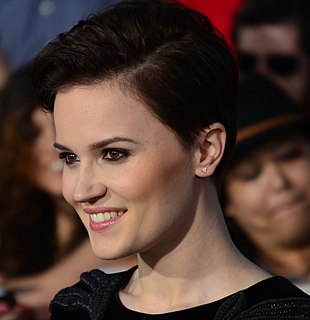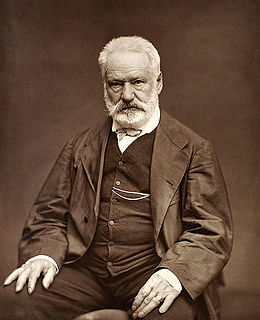A Quote by Graham Greene
One never knows enough about characters in real life to put them into novels. One gets started and then, suddenly, one can not remember what toothpaste they use; what are their views on interior decoration, and one is stuck utterly. No, major characters emerge; minor ones may be photographed.
Related Quotes
It's funny what [producer Richard Zanuck said about even though you can't quite place when the book or the story came into your life, and I do vaguely remember roughly five years old reading versions of Alice in Wonderland, but the thing is the characters. You always know the characters. Everyone knows the characters and they're very well-defined characters, which I always thought was fascinating. Most people who haven't read the book definitely know the characters and reference them.
You must create the character's internal life. What do I mean by internal life? I mean the thoughts, feelings, memories, and inner decisions that may not be spoken. When we look into the eyes of actors giving fully realized performances, we can see them thinking. We're interested in what they're experiencing that may never be spoken, that quality of nonverbal expression - which is as much a part of the characters as breathing and as real as what they say and do. This is their internal life. It helps us believe in the characters and care about them.
People are much more complicated in real life, but my characters are as subtle and nuanced as I can make them. But if you say my characters are too black and white, you've missed the point. Villains are meant to be black-hearted in popular novels. If you say I have a grey-hearted villain, then I've failed.
It starts with the writing. We have to think of all these characters - we have to treat them all equally. We have to think of them as having an interior life and having motivations. When I'm drawing female characters, I'm looking for that. I'm looking for subtext. I'm looking for ways to make the reader relate to them in a way that goes beyond the pure aesthetic value. You know, just drawing an attractive woman really gets kind of boring after a while.
In the native literatures of North America there aren't any novels. Instead, the major genre is myth. And myths are stories that are fundamentally about the world, not about human individuals. A myth needn't include any humans at all. If it does include them, they're usually minor characters - imaginary humans sent out like scouts to report back on what's happening in the mythworld, but not central participants in the action.
